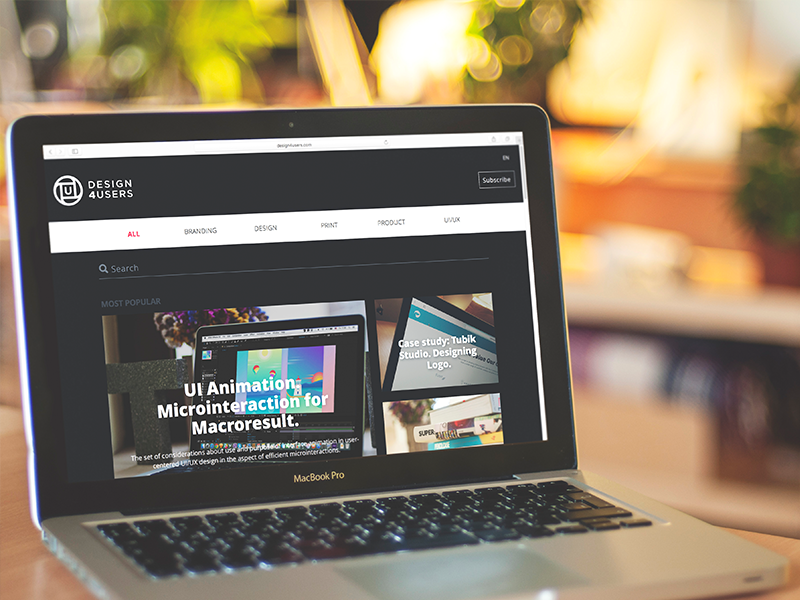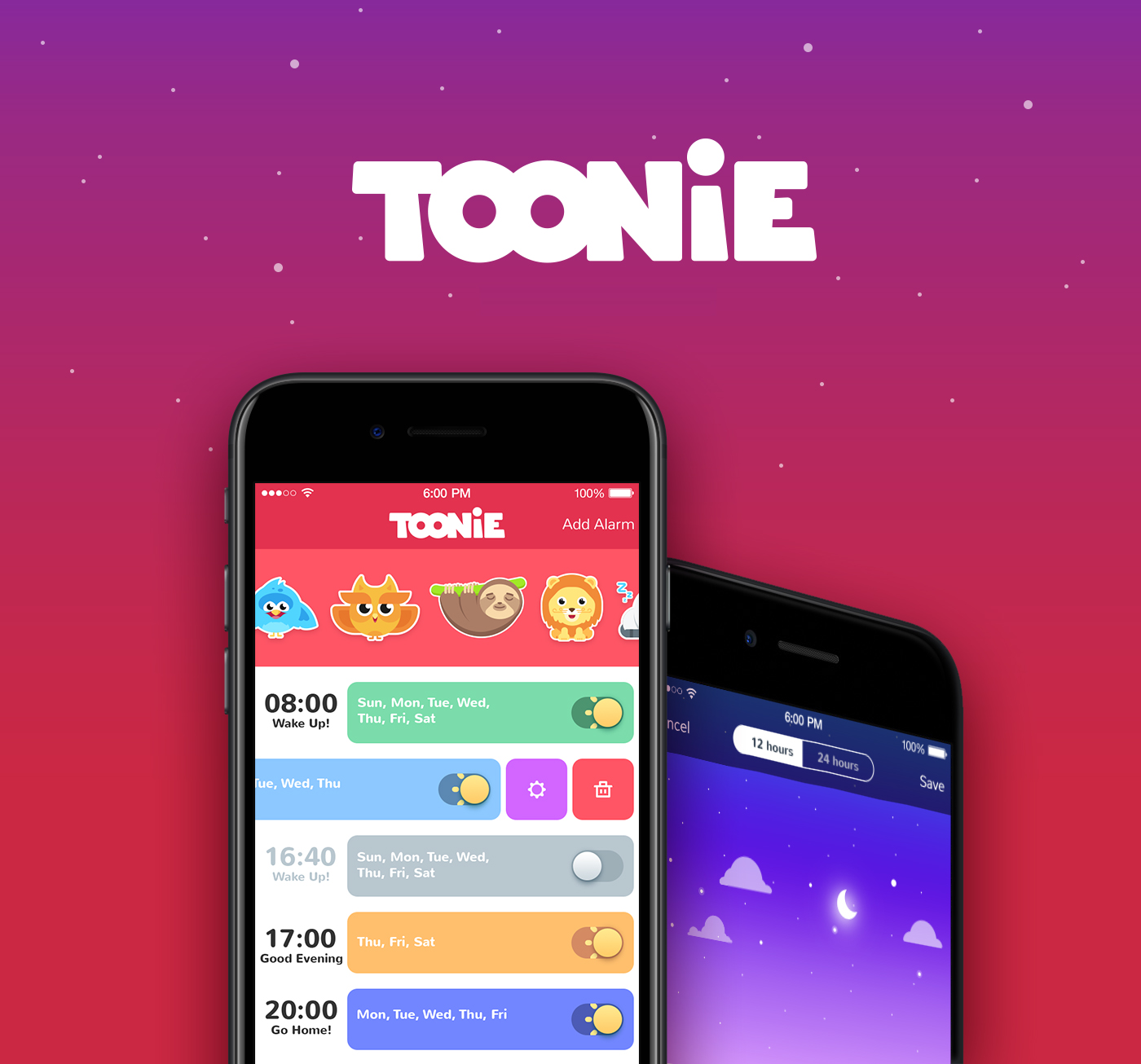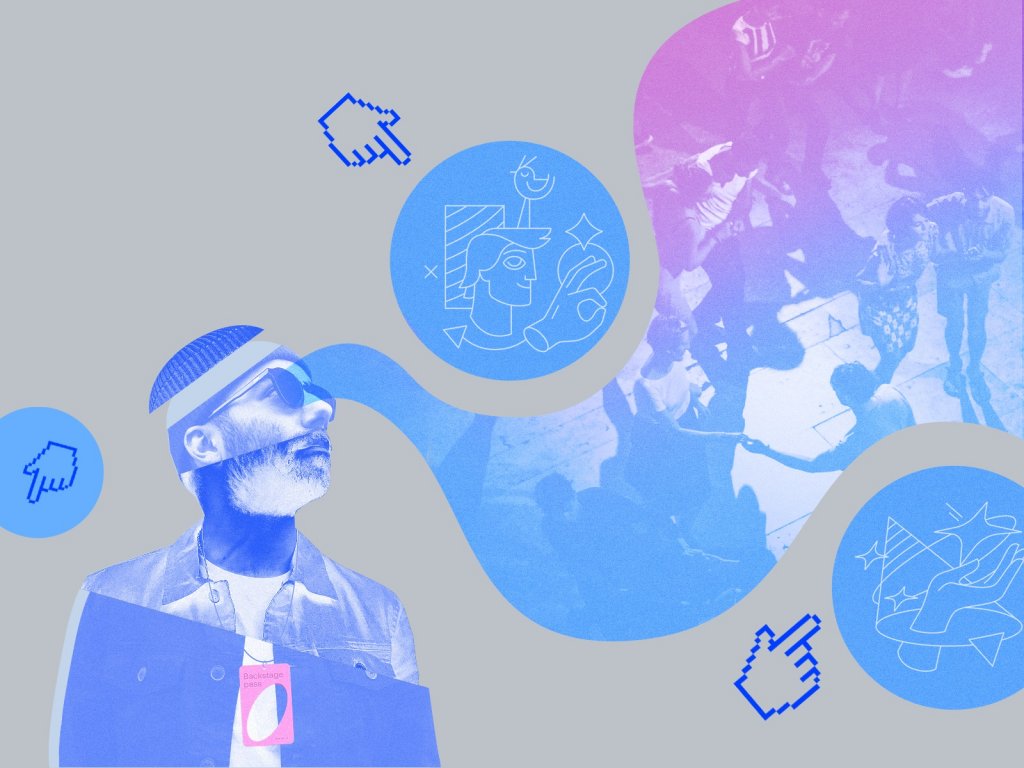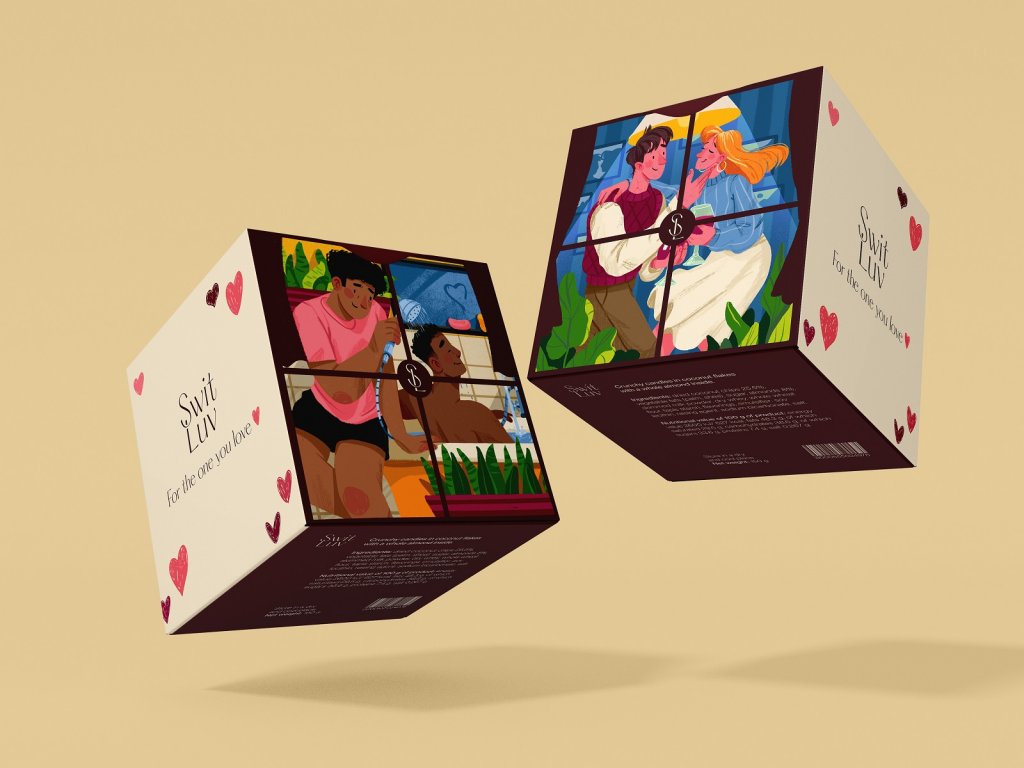Design is always the story of the creative process for a particular purpose. However, the story itself can be written in a hundred different ways and styles. It can be done individually or become the result of effective teamwork. It can be simple or complex. It can be narrow and specific or multipurpose. It can be outsourced or fully accomplished in-house. There are tons of shades for this story and all of them influence the final result that goes to users.
Here in Tubik Studio, we have had the lucky opportunity to create a considerable number of design stories, all so different but all so definitely bright. It gave us the opportunity to feel all the benefits and pitfalls of design provided in terms of an outsourcing partnership. To go further and get even closer to final users, to feel all the pains of our clients and all the variety of steps needed for creating an efficient product out of thin air, we have decided to take the next step and launch our own digital products. Extended design practice we have got through the years encouraged us to dive into all the paths of product creation, testing, promotion, and analysis to obtain that precious knowledge that will enable us to be even more helpful for our clients all over the world.

No doubt, full-scope product design is not the way to start light-headedly. First of all, we had to analyze how the design provided in outsource differs from the product design provided in-house. Let’s look over some insights together.
Outsource design
Being a team with a broad portfolio of outsource projects and having studied the experience of our clients as well as plenty of successful product companies, we have marked out the following points needing consideration.
In the outsourcing design process you are given a particular design task. That means you are able to concentrate on design tasks only as the strategic decisions are mostly made on the customer’s side. In practice, however, this disclaimer works a bit differently: creating design solutions solving users’ problems and bringing profit to the customers, designers can and often should influence the strategy of the product progress on the market. Anyway, all the final decisions and small or big changes of the product strategy are made by the customer’s team as they bear the final responsibilities and all the alterations or suggestions should be made in tight collaboration with the side launching the product.
In outsource design you work on the task you are assigned for, you are not a chooser of the strategy and not a decision-maker if this product is needed and if the idea behind it is good or bad. You have to study how to like and love any idea you have to work with because it is the only way to create good results and by the way to earn money. That is not in your scope of work to get into deep layers and tell the client that this idea will not work – your task is to make it work. That is what you are paid for.
In outsource design you need to have good skills of getting dip into the business goals and correspondent wishes of your client. In fact, if you are lucky you get a clear task supported with an outlined target audience of the final product, perhaps a marketing plan and ideas on the client’s stylistic preferences. In other cases, you will get just a general line containing highly blurred tasks like “I want you to design a social network for drivers” and that is the part of the job to get all the details of how the clients see it. It can be done by designers, sales, and project managers, but whoever the doer of this vital job is, it is the only way to make the process of collaboration on the stage of design smooth and resultative.
In outsource design you aren’t always provided with the opportunity to communicate with stakeholders and influence their decisions. You are hired to accomplish a particular scope of works. It has to be mentioned that for many designers it is a benefit as they start work with a particular task in mind and do not need to get involved deeply at predesign or post-design stages. However, there also can be projects at which after the launch of the product designers are later given additional tasks on maintenance and alterations of the existing product.

In-house product design
In product design accomplished in-house all the scope of stages from ideation up to sophisticated testing and maintenance is done by one team. This means that designers get more chances of being involved in all the phases of strategical decision-making upon the product which is an even more creative and analytical job but at the same time requiring more diverse skills and much higher responsibility.
– Full-scope in-house product design goes much further than actual design tasks. It includes all the creative cycle, with complex tactics and strategic plans, ideas on commercialization and promotion, budgeting and content marketing, product philosophy and full-scope branding, and so on and so forth. It means that the team will need diverse specialists that will establish a solid foundation of specific skills strengthening design and bringing an effective product into life.
– In in-house product design the creators are the stakeholders. This certainly means deeper involvement of all the participants in the creative process and at the same time more responsibilities.
– Product design in-house is the domain of higher financial and creative risks. In outsource design, especially when the process is already tuned and clear, the earnings can be more predictable and flexible in the budget planning of the company.
– Product design in-house suggests a deep concentration on one project and one aim for a long time while outsourcing projects can be different and support the feeling of refreshment. Should be said, none of the ways is better or worse, they are just different, and sometimes what is one designers’ meat is another designer’s poison according to the individual peculiarities of nature and creative approach.
To sum up, in outsource design you are a vital part of the product creation and support while in product design you are actually in the heart of all the processes being not a part but the whole story. In outsource design you are a sort of hired executive while in product design you are a stakeholder with all the responsibilities of this not-so-easy job.
Broadening the horizons: Tubik products
Considering all those issues, we have decided to know it firsthand: the work was organized in several directions so that our team could obtain as broad experience of the full product cycle as possible, and it could bring us even closer to the pains, problems, and pitfalls which our clients tackle on their way. We have set the purpose to create products helpful for their target audience and add some social value as well as giving us the comprehensive experience of the full path of goal-centered design.
So, the directions in which we are working over digital products are:
- content
- entertainment
- business
- education.
The first two of the mentioned points are actually represented with the products by the Tubik team we are happy to announce in 2016. “Content” direction is presented with recently launched website Design4Users, and “Entertainment” direction is presented with an application Toonie which is really close to its release.
Design4Users

Design4Users is a blog devoted to diverse design issues solving users’ problems. It is organized via the basic categories such as “Branding” “Product” “Print” and “UI/UX” and plenty of more detailed tags in the mentioned domains. This resource was started with the aim to provide designers, customers, and all those who are interested in this sphere of human activity with a wide variety of useful and interesting content supported with attractive and functional design. The blog is designed, developed, and curated fully by the Tubik studio team.
Toonie Alarm
Toonie is a brand-new alarm application for iPhones designed and developed by the Tubik team. At the moment it is being prepared to release and its live version is coming up very soon. In this case, we have set the purpose to combine functionality with entertainment and support the product of everyday use with stylish graphics, which have been recognized as our house specialty by a lot of clients, and gamification elements.

In our next articles and case studies, we will tell you more about the creative process for these products and unveil some considerations on product design features, issues, and requirements. Follow the news!




